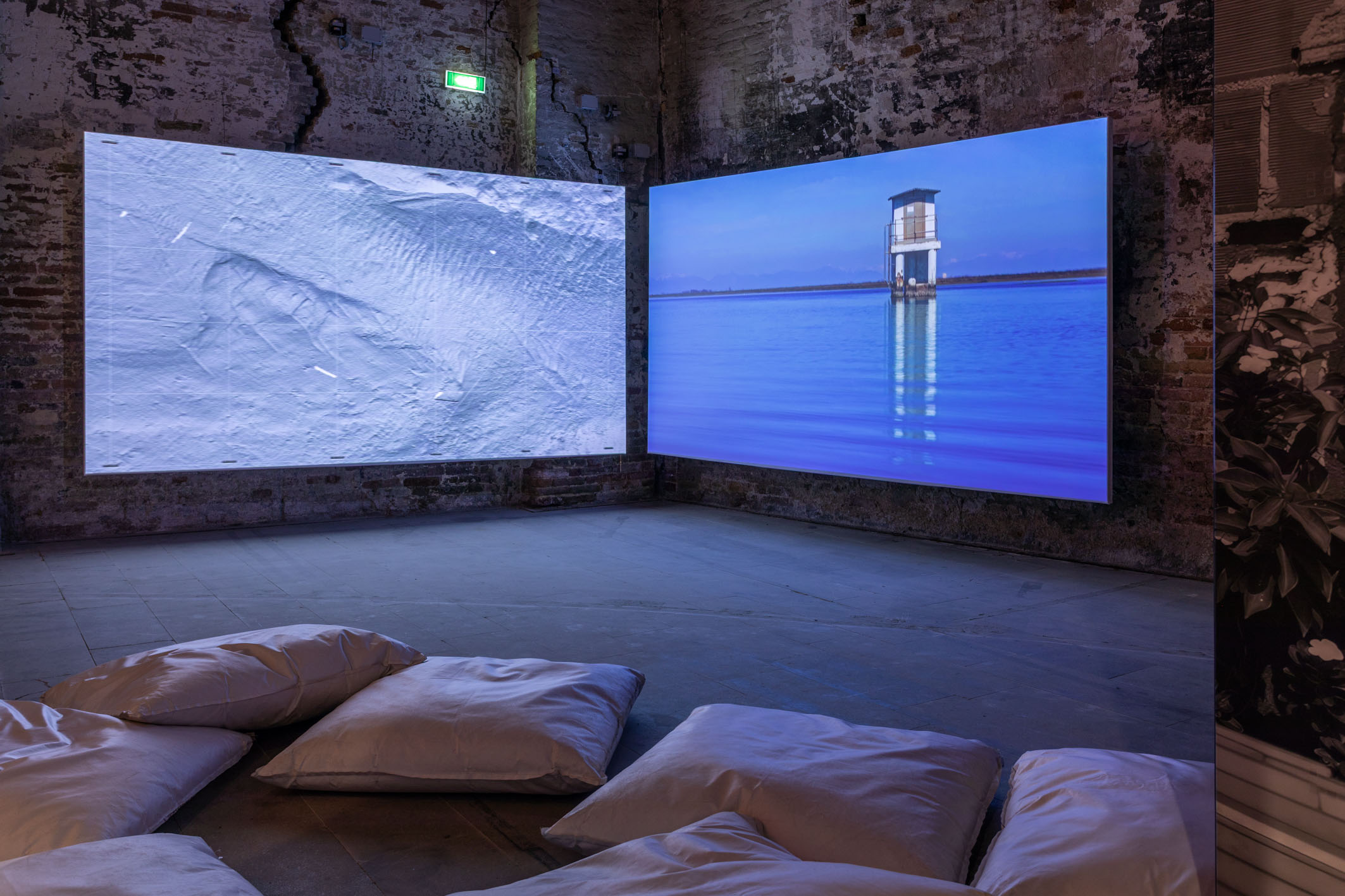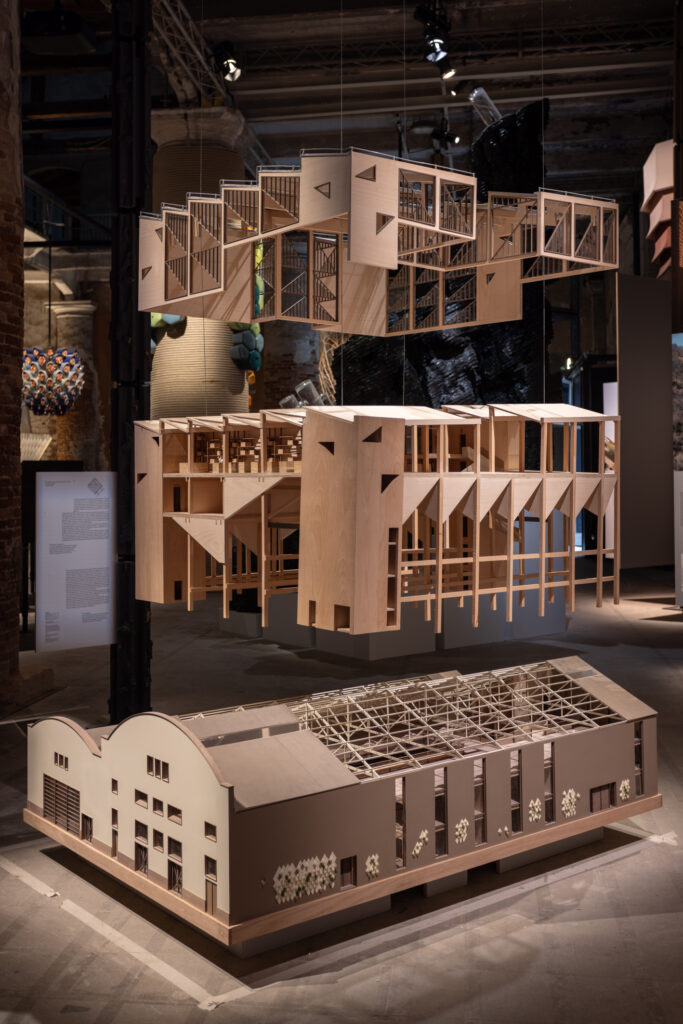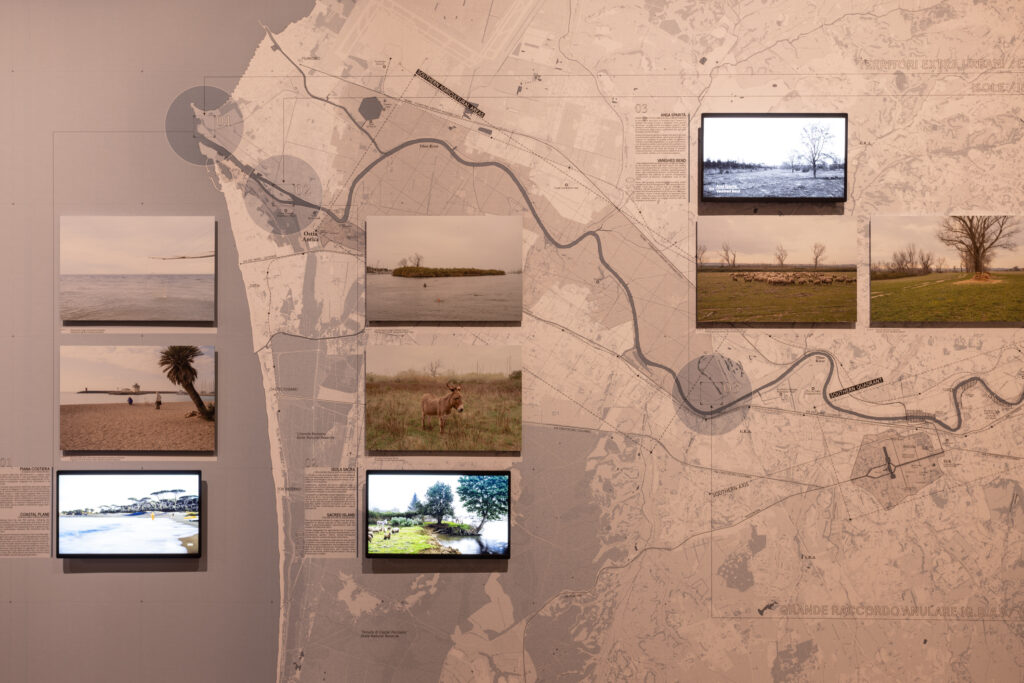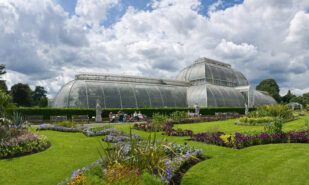The 19th Venice Architecture Biennale is counting down — the exhibition will close on 23 November. It is one of the rare opportunities to see how architecture today engages with the climate crisis, urban challenges, and the role of technology.
What made the 2025 Venice Architecture Biennale memorable
The 2025 Biennale is curated by Carlo Ratti — architect, engineer, and MIT professor, renowned for projects at the intersection of urbanism, science, and digital systems. The exhibition’s theme, Intelligens. Natural. Artificial. Collective, brings together three strands: the natural, the artificial, and the collective. The word intelligens refers not only to artificial intelligence but also to the Latin gens — “people” or “community”. In this way, architecture is approached as a form of collective intelligence, where the human is as significant as the technological.
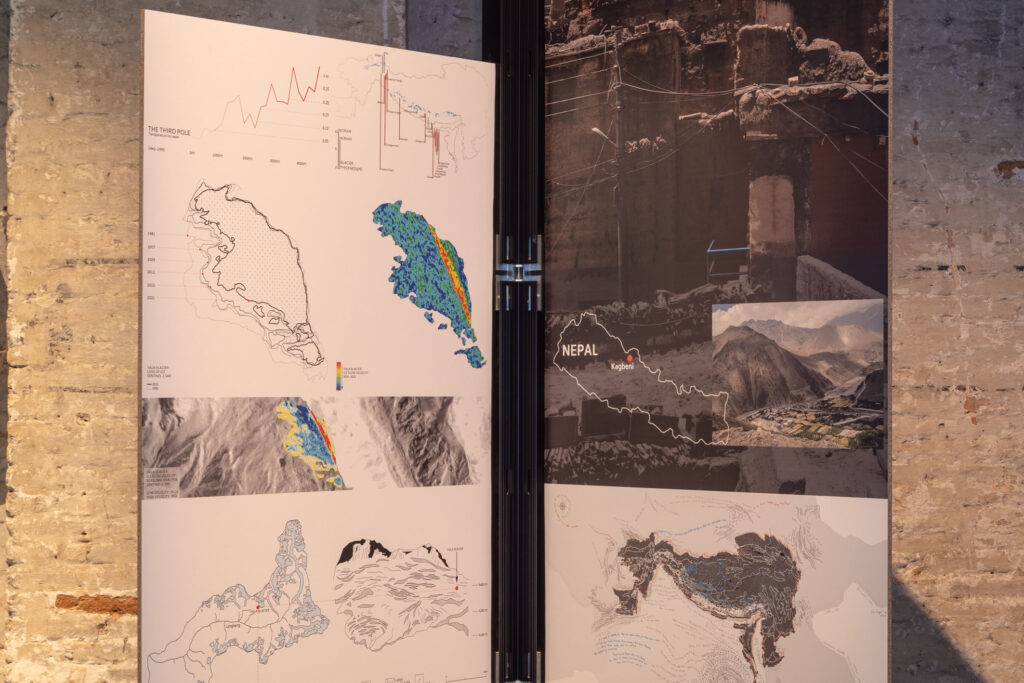
Madeeha Merchant, Urban Justice League
Photo by Marco Zorzanello

Photo by Marco Zorzanello

Photo by Marco Zorzanello
Format and scope
This year, the exhibition spans 66 countries: 26 pavilions are located in the Giardini park, 25 in the Arsenale, and 15 across Venice’s historic centre. For the first time, Azerbaijan, Oman, Qatar, and Togo have joined the Biennale.
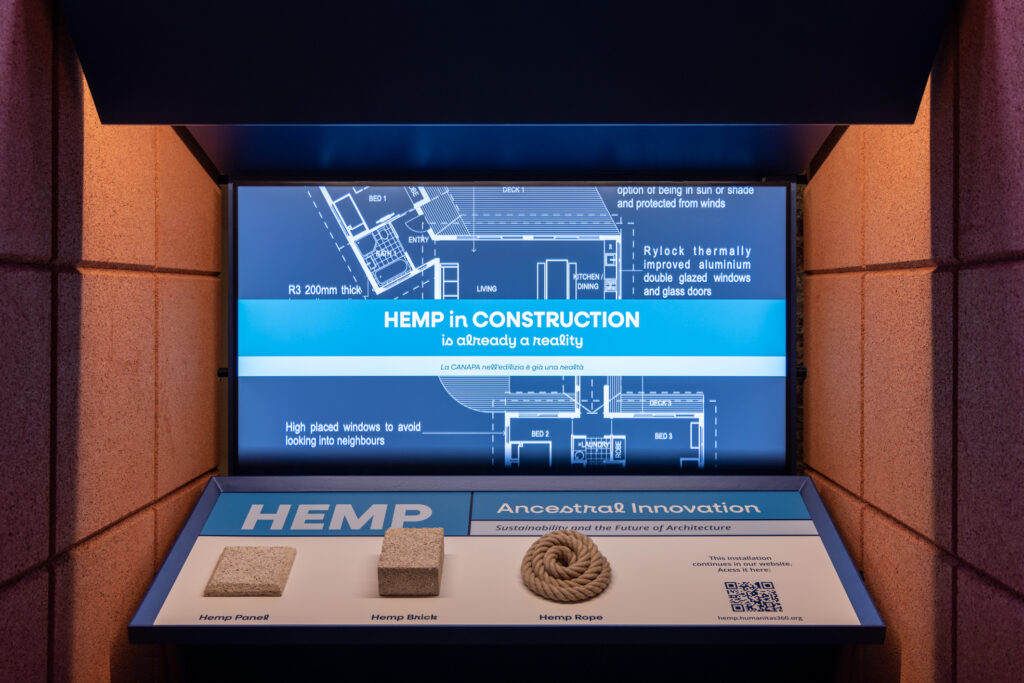
Photo by Marco Zorzanello
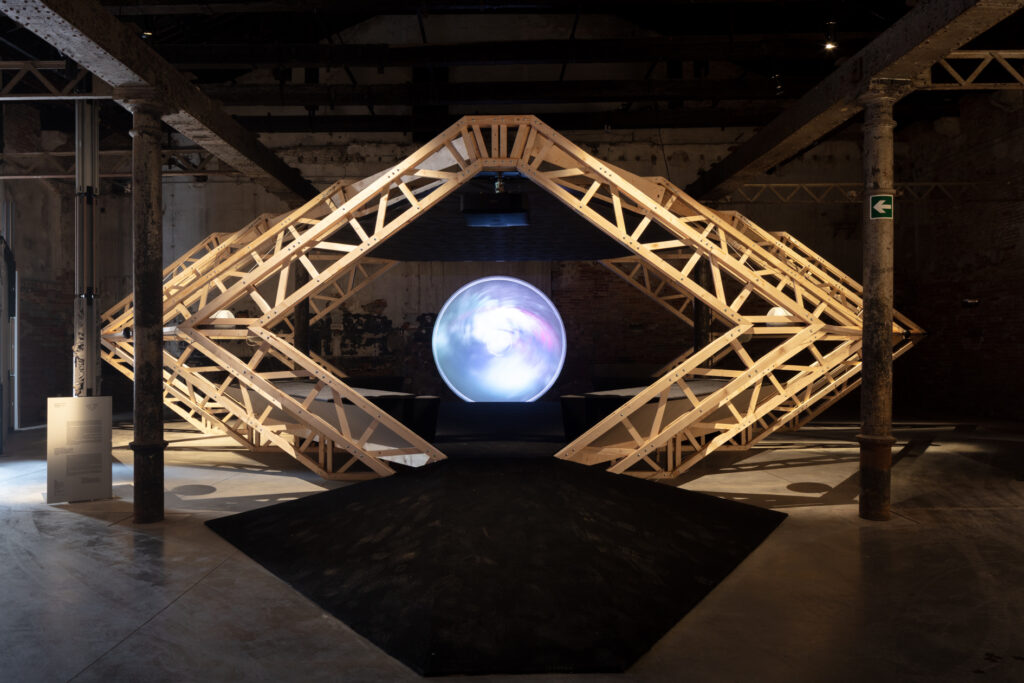
Photo by Luca Capuano
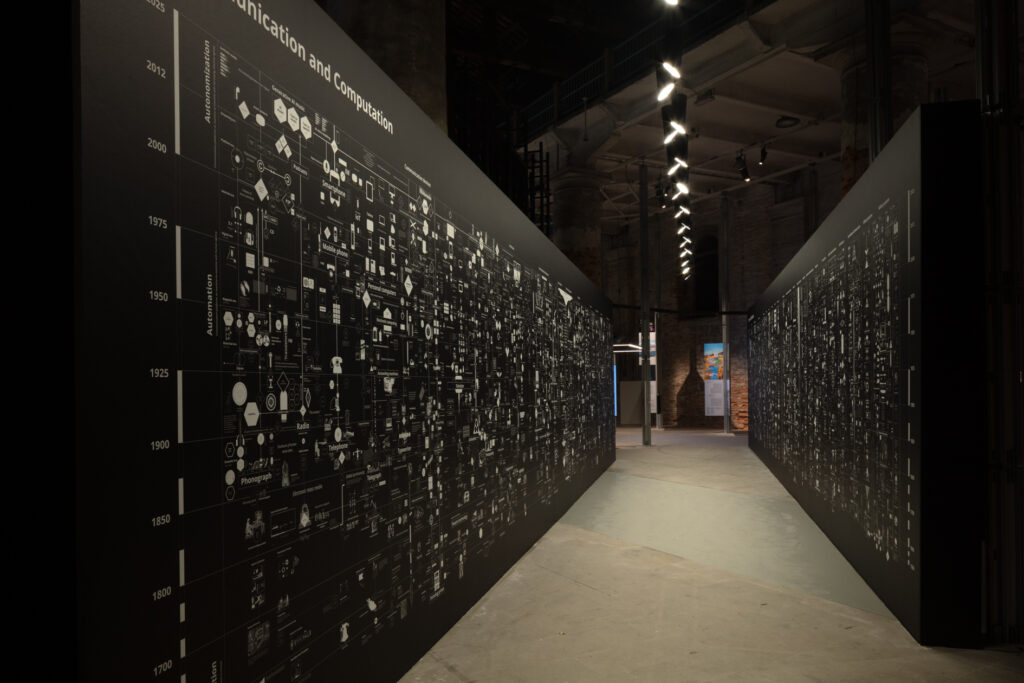
Photo by Luca Capuano
The 2025 Biennale functions as a living laboratory: Venice becomes an experimental stage, where buildings, canals, and the Lido peninsula transform into a territory uniting nature, technology, and the city. The scale is impressive — over 750 participants and more than 300 realised projects. Each creator explores architecture and its capacity to adapt and evolve alongside the world.
Carlo Ratti has shaped the exhibition around the idea of architecture as a system capable of integrating different forms of intelligence to respond to the challenges of climate transformation.
A few highlights
The UK Pavilion is one of the season’s most substantive and conceptually strong exhibitions. Titled GBR — Geology of Britannic Repair, the project is curated by Owen Hopkins, Kathryn Yussoff, and the duo Cave_bureau. It approaches architecture as part of geological and political history — a practice engaged with extraction, colonisation, and the reshaping of landscapes.
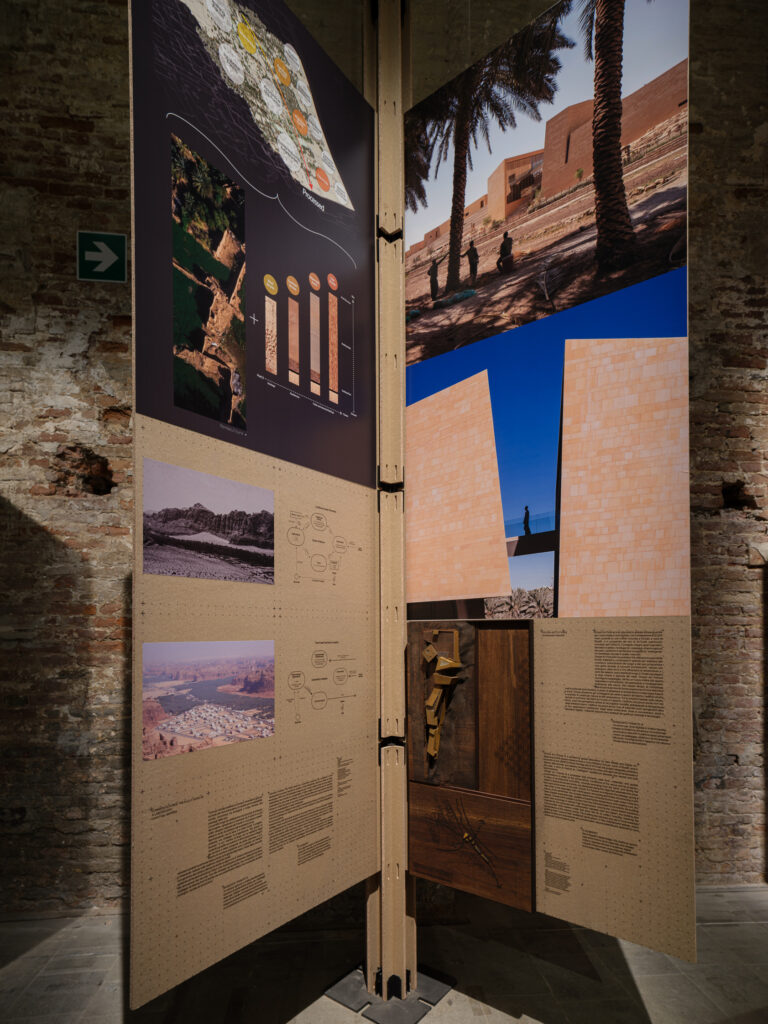
Photo by Andrea Avezzù

Photo by Marco Zorzanello
“GBR — Geology of Britannic Repair aims to focus attention on the fundamental relationship between architecture and geology… We hope the exhibition will provide an important platform for rethinking the connection between architecture and the Earth,” the UK Pavilion curatorial team explains.
At the Italian Pavilion, architect Guendalina Salimei explores the relationship between land and water, the Mediterranean, neighbouring oceans, and the Italian coastline. The project Terrae Acquae: Italy and the Intelligence of the Sea interprets the interaction of water and land as a dynamic connection capable of transforming landscapes, cities, and infrastructure.
The Bahrain Pavilion, awarded the Golden Lion for Best National Participation, is curated by architect Andrea Faraguna alongside Wafa Al-Ghatam, Eman Ali, Alexander Puzrin, and Mario Monotti. Titled Heatwave, the exhibition explores ways of adapting spaces using traditional cooling techniques alongside modern engineering solutions. The project demonstrates how countries with extreme climates can offer universal solutions applicable worldwide.
The Spain Pavilion, Internalities: Architectures for Territorial Equilibrium, presents architecture as a system in which everything — from materials to energy — circulates internally without harming the environment. Curators Roi Salgueiro Barrio and Manuel Bouzas Barcala have defined five key lines of the exhibition: materials, energy, craftsmanship, waste, and emissions, illustrating how humans can be more attentive to the Earth from which all begins.
An Interdisciplinary approach
The Biennale serves as a platform for dialogue not only among architects but also as a meeting place for scientists, designers, engineers, philosophers, and activists. Their projects investigate diverse processes — from plant growth to artificial intelligence, from urban flows to individual experiences of space.
Among this season’s technological premieres is the TL-40 installation, developed by Newcleo in collaboration with Pininfarina and Fincantieri. It is a next-generation reactor combining engineering, design, and the pursuit of a sustainable energy future.

Photo by Marco Zorzanello

Photo by Andrea Avezzù
Even if not everything is immediately clear, the Biennale is always about the ability to ask questions: how we live, build the future, and change within as space transforms around us. As Carlo Ratti notes, “Architecture must become as flexible and dynamic as the world for which we create it.”

